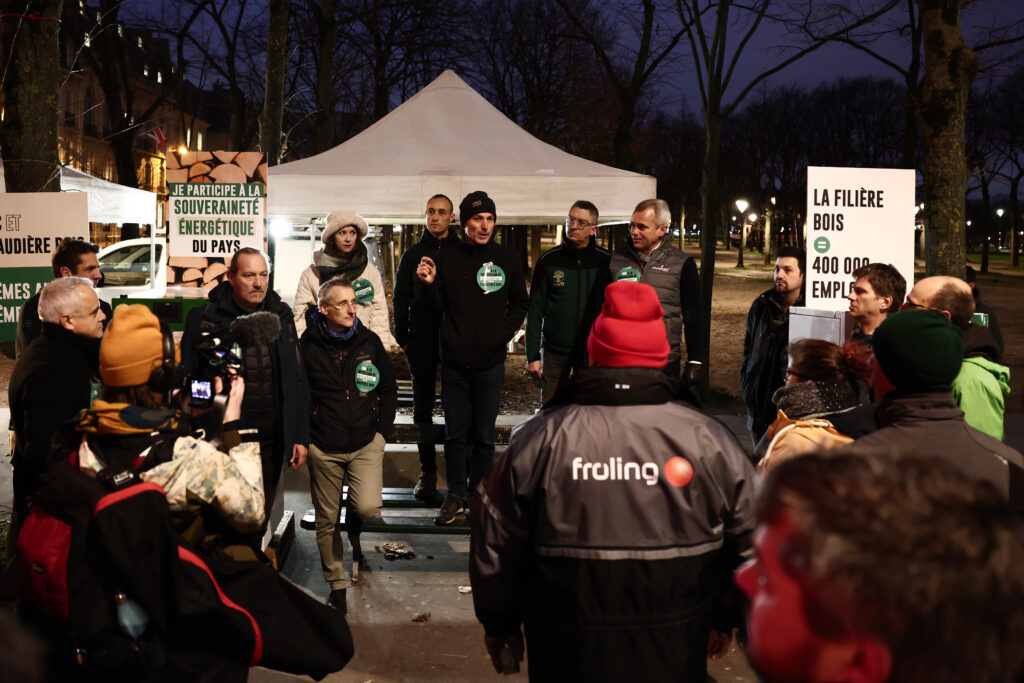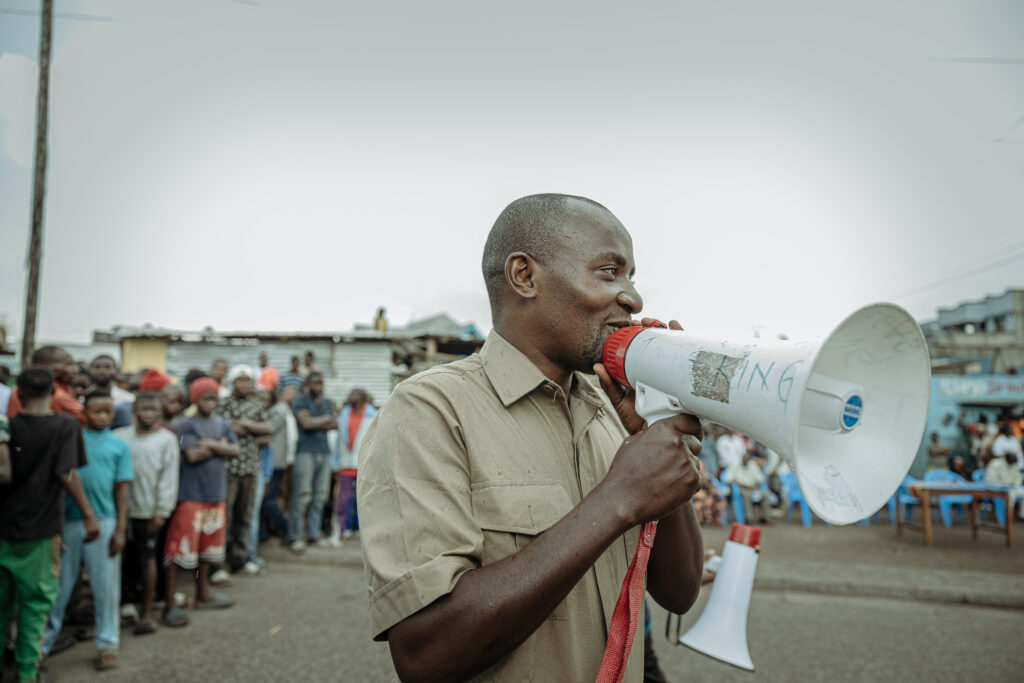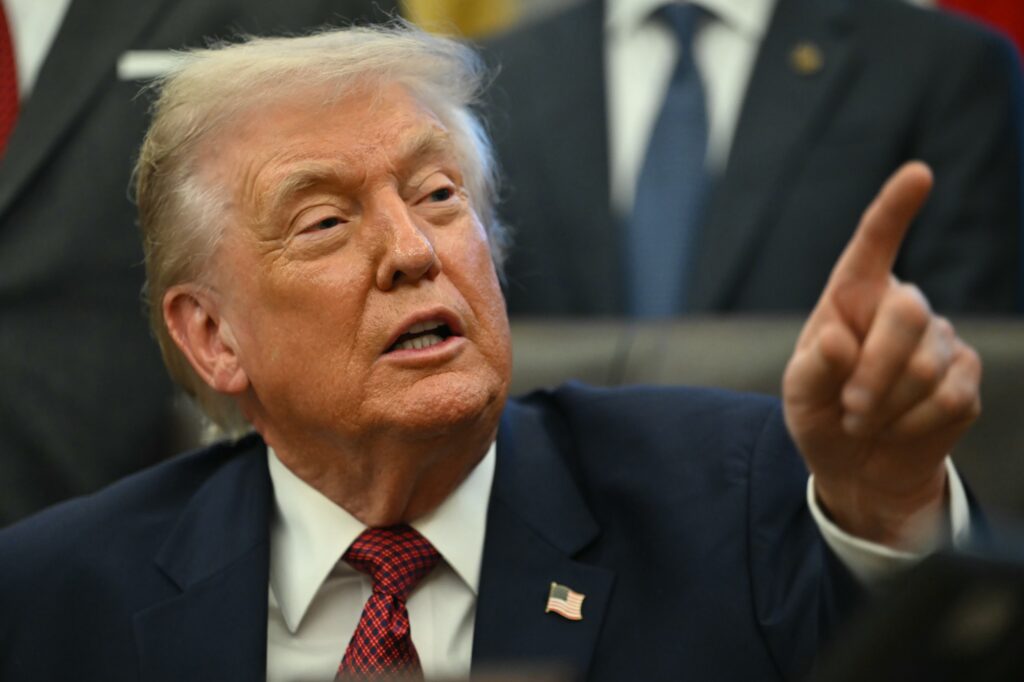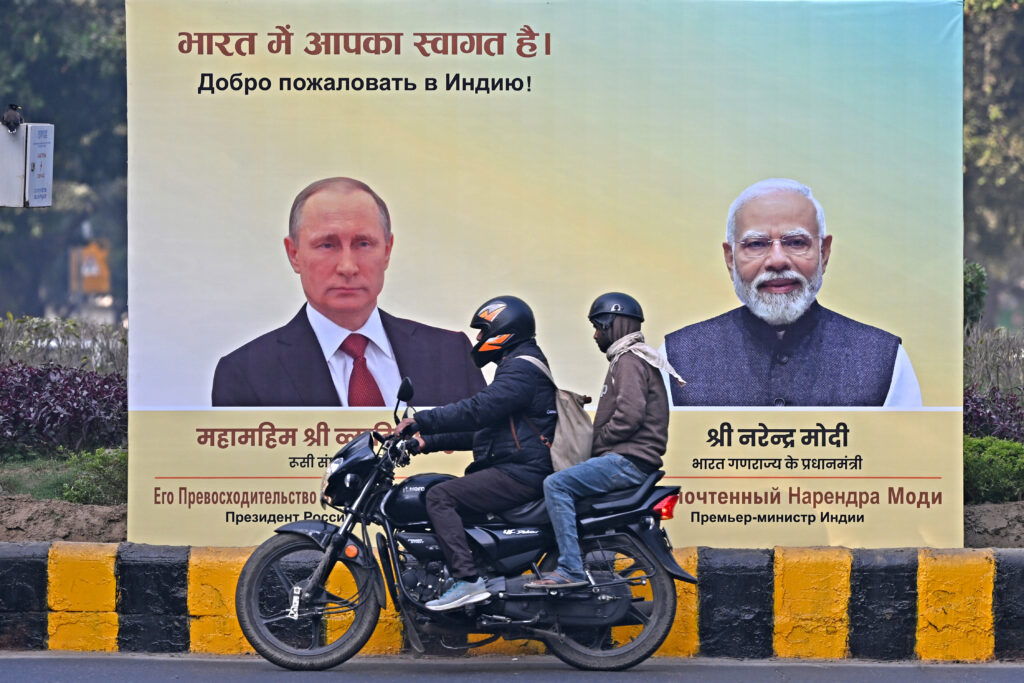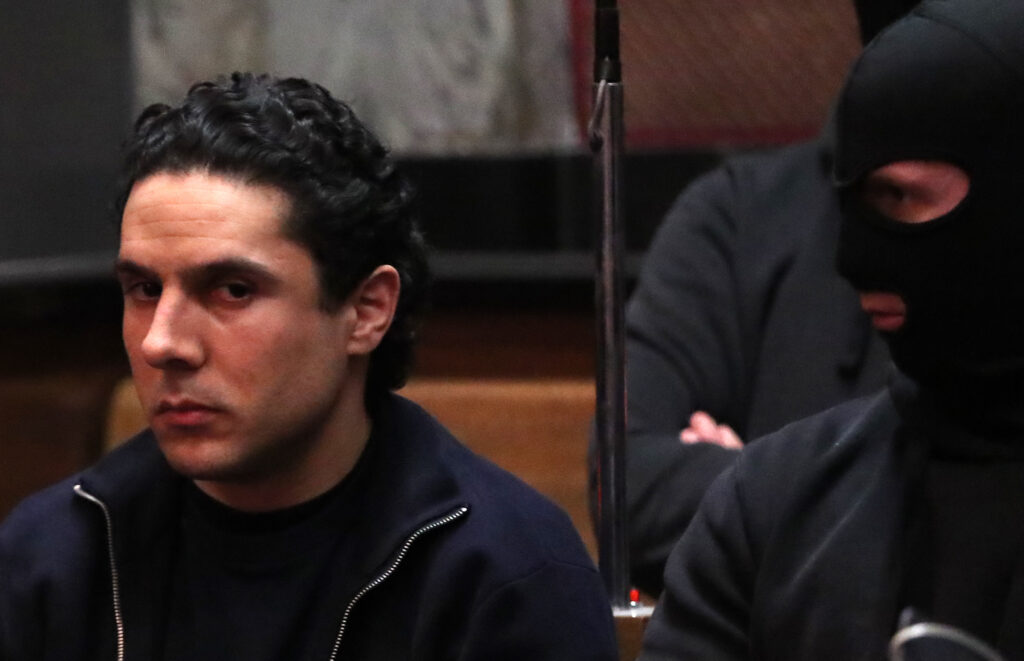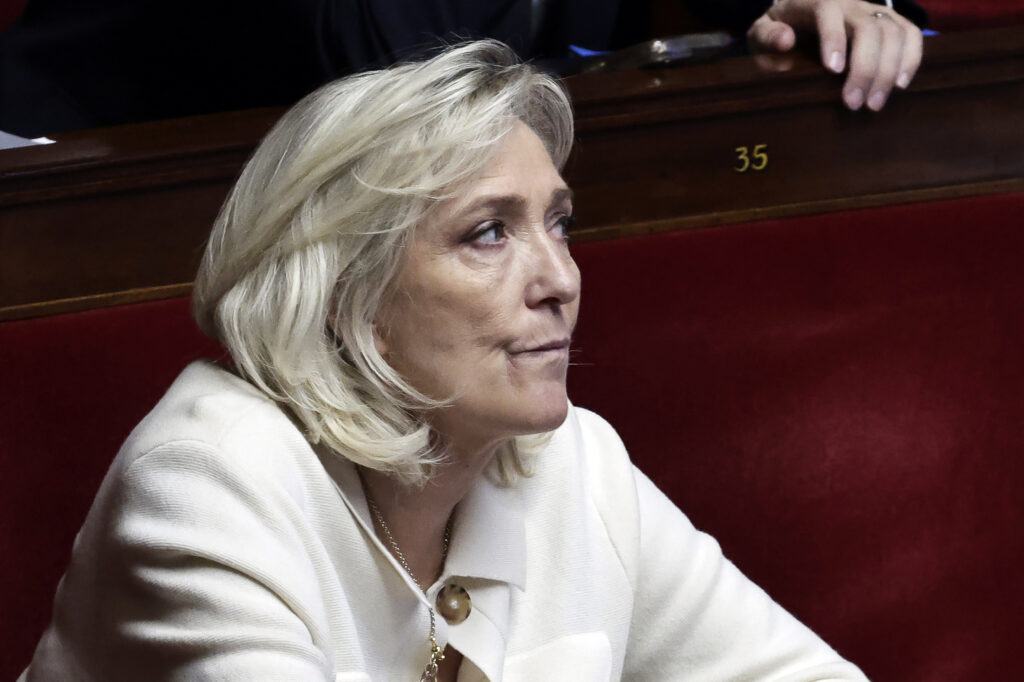Le projet de Cigéo à Bure (Meuse), où doivent être enfouis à partir de 2050 les déchets nucléaires les plus dangereux, a franchi jeudi une étape clé avec la présentation de l’avis technique du gendarme du nucléaire, qui juge ses conditions de sûreté “satisfaisantes” en l’état.Avec cet avis, fruit de 30 mois de travaux d’expertise et d’instruction, ce projet peut désormais être soumis aux consultations obligatoires de l’enquête publique dans le courant du second semestre 2026. Il reviendra ensuite au gouvernement de délivrer ou non l’autorisation de création du site à travers un décret pris en Conseil d’Etat, une décision attendue au mieux en 2028.”C’est une étape clé très importante, mais ce n’est pas la fin de l’histoire”, a déclaré à l’AFP Pierre Bois, directeur général adjoint de l’Autorité de sûreté nucléaire et de radioprotection (ASNR). De fait, bien des phases techniques et réglementaires jalonneront ce projet hors norme qui doit s’étaler sur 150 ans, de sa construction jusqu’à la fermeture définitive du stockage vers 2170. Lancé en 1991, le projet Cigéo, contesté par des écologistes et des associations locales, doit accueillir à 500 mètres sous terre des déchets de centrales nucléaires devant rester hautement radioactifs pendant plusieurs centaines de milliers d’années. Au total, 83.000 mètres cubes, dont la moitié déjà produits, sont destinés à reposer dans des alvéoles – en fait des tunnels de stockage. Ceux-ci accueilleront les déchets les plus nocifs, dit de “haute activité”, ainsi que les déchets dits de “moyenne activité à vie longue”. Cet avis, présenté jeudi au Parlement, vient synthétiser trois avis intermédiaires rendus en 2024 et 2025 en apportant un éclairage technique sur le dossier de demande de création, déposé début 2023 par l’Agence nationale pour la gestion des déchets radioactifs (Andra), mais sans constituer “un feu vert”.”Sur de nombreux points”, l’évaluation préliminaire de sûreté présentée par l’Andra dans son dossier est “satisfaisante”, a déclaré Pierre Bois, devant les parlementaires de l’Office parlementaire d’évaluation des choix scientifiques et technologiques.L’ASNR précise toutefois que “d’autres compléments” devront ensuite être apportés par l’Andra à l’occasion des grands jalons du projet, dont la mise en service progressive est prévue “à l’horizon 2050” avec les premières descentes de colis radioactifs dans les alvéoles, a ajouté Olivier Dubois, commissaire de l’autorité.- “Lacunes” -Parmi les sujets de vigilance identifiés, certains portent sur la performance des ouvrages de scellement bouchant les galeries souterraines, la vitesse de corrosion des conteneurs métalliques contenant les déchets “haute activité”, la maîtrise du risque d’explosion dans les alvéoles et la maîtrise du risque d’incendie en cas de stockage de colis de déchets bitumés, des boues radioactives conditionnées dans du bitume et qui présentent un risque d’échauffement.”Malgré toutes ces lacunes, vous donnez un avis favorable et vous demandez à l’Andra de faire cette démonstration (de sûreté) plus tard”, y compris quand le projet sera autorisé, s’est étonné le député LFI Maxime Laisney, membre de l’Opecst, en évoquant une situation qui “renforce le sentiment du fait accompli”.En cas de feu vert, l’autorisation d’exploitation débutera par une phase pilote “permettant de conforter le caractère réversible et la démonstration de sûreté de l’installation, notamment par un programme d’essais”, précise la loi. Les nombreux jalons qui restent à passer “seront autant d’occasions de vérifier un certain nombre de points techniques et de revenir vers la société civile en l’informant et la consultant le cas échéant”, a expliqué Pierre Bois à l’AFP.Le site a été pensé pour accueillir les déchets existants et futurs des installations nucléaires déjà autorisées à fin 2016, ce qui comprend notamment les réacteurs actuels d’EDF dont l’EPR de Flamanville, les sites d’Orano (cycle du combustible) et du CEA (recherche), mais pas les déchets des six nouveaux réacteurs dont le gouvernement soutient la construction. Ainsi, toute éventuelle extension de capacité devra faire l’objet d’une nouvelle autorisation.La France a fait le choix d’un stockage dans une couche géologique argileuse profonde, âgée de 160 millions d’années, censée garantir la sûreté du stockage, tandis que la Suède et la Finlande ont opté pour un terrain granitique.
